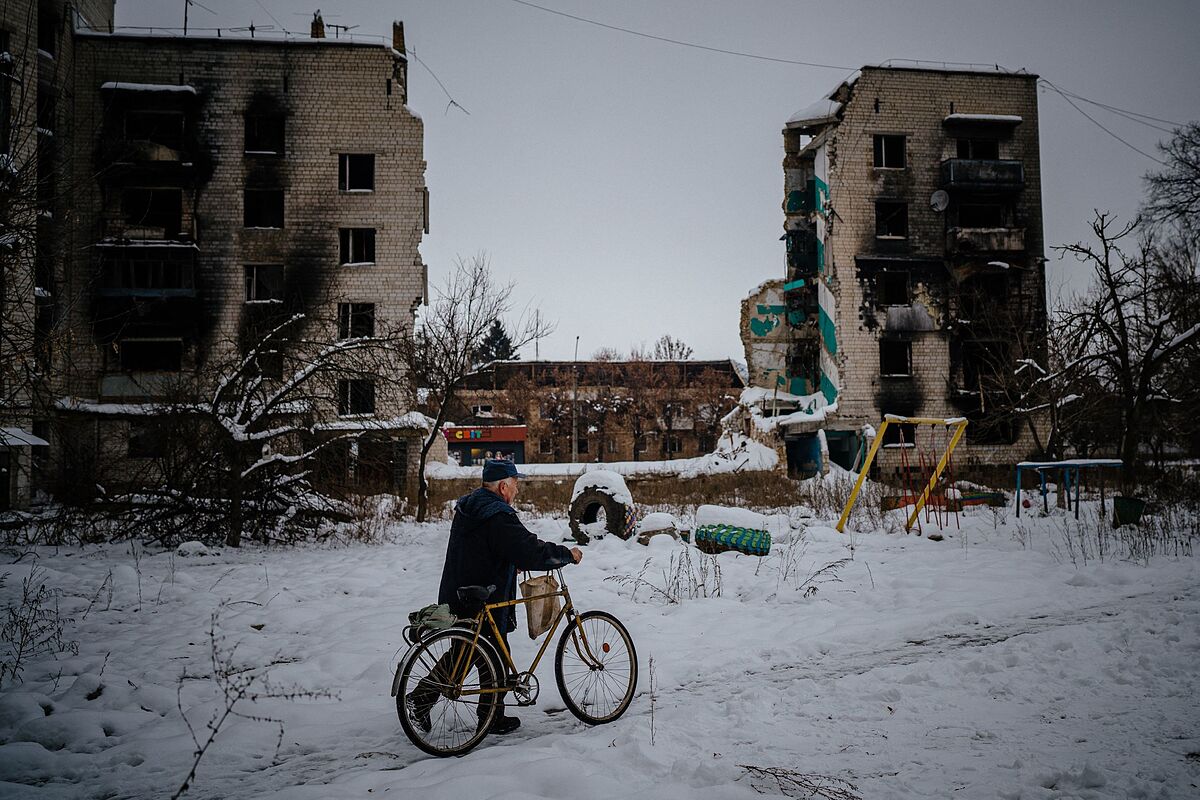
Russia-Ukraine Conflict: Using Winter as A Weapon of War

The Russian-Ukraine Conflict (RUC) has completed nine months and heads into its tenth month. The Ukrainian Army is on the offensive, but Ukraine still has a long way to go to regain lost regions. Moscow’s forces do control about one-fifth of its territory, and the coming of extreme winters are presenting new challenges. Blackouts occur regularly in some of Ukraine’s largest cities due to Russia’s systematic and persistent attacks on the country’s energy infrastructure. Lighting and heating resources are being impaired as almost half of the country’s energy system has been disabled. The situation is worsening due to the extreme cold in Europe and Ukraine.
French lawmaker Benjamin Haddad, the representative of Emmanuel Macron’s Renaissance Party, said, “Kremlin is using energy as a tool to drive up energy prices”. They are backing populist movements because Putin knows that transatlantic support for Ukraine has been essential to the Ukrainian resistance’s success”.[1]
The UN Humanitarian Coordinator Denise Brown, after a weekend trip to Kherson and Mykolaiv, said that in the south of Ukraine, people have no water, electricity or heat, and food is scarce. She evaluated the humanitarian situation, met with officials, and kept track of the aid agencies’ responses.[2]
In the northern part of Ukraine, Kyiv and other cities across Ukraine are currently without power, water, and other essential services as a result of one of the heaviest widespread airstrikes by Russia in recent weeks. As temperatures drop and Russian attacks on infrastructure increase, worries about a humanitarian catastrophe this winter are growing. According to Zelensky, it is evident that Russia wants to “turn the cold of winter into a weapon of mass destruction.” According to the World Health Organization (WHO), “ten million Ukrainians are currently without electricity, and half of the nation’s energy infrastructure has been destroyed or damaged. Due to Russian attacks on the energy grid, the national utility has been forced to implement rolling blackouts, which prevent nearly all of the population from having access to electricity for four to twelve hours per day”.[3]
On the eve of a two-day meeting of NATO foreign ministers in Bucharest, Romania, NATO Secretary General Jens Stoltenberg said, “President Vladimir Putin is now trying to use the winter as a weapon of war against Ukraine, not just on the battlefield but also against civilians in Ukraine. This is horrific and we need to be prepared for more attacks.”
According to the mayor, Vitali Klitschko, the three million residents of Kyiv may need to be evacuated to areas with less risk of essential services being disrupted by missile attacks. In order to ensure that blackouts that affect everything from kitchens to operating rooms are as brief and limited as possible, international assistance has become increasingly focused on supplies like generators and transformers. It will help in encountering winters as temperatures have been hovering around freezing. It has been predicted that temperature may drop as low as -11 °C (12 °F) in less than a week.[4]
The energy ministry of Ukraine has been working as quickly as possible to fix the broken power infrastructure. “Russia attempts to disrupt all the energy supply networks, power lines, distribution networks, and generating facilities, particularly thermal power plants”, before the most recent attacks, the energy ministry said. Residents and businesses are searching for gas-powered generators and firewood due to the attacks. Winter clothing, heavy blankets, and heating supplies are being sent to the nation in shipments made by non-profit aid organisations, the UN, and Western allies.[5]
According to Ukraine’s energy minister, Galushchenko, “Many of Russia’s initial attacks targeted thermal coal and gas plants, which are used to generate electricity.” In the country’s south, Russia still controls the giant nuclear power plant in Ukraine and all of Europe in Zaporizhzhia.[6]
The Climate in Ukraine
Ukraine experiences a cold, snowy winter with temperatures that drop well below freezing. Although a moderate climate zone governs Ukraine’s weather, but winters are too shivery. The nation’s average temperature in the winter, which lasts from December to March, ranges from -4.8°C to 2°C. As is customary in the northern hemisphere, summertime brings warmer temperatures and longer days. The average daytime temperature varies from 0°C to 28°C depending on the season. Some regions of the nation experience increase in temperature of up to 31°C. The average monthly temperature in the colder months drops to -6°C, depending on the region.[7]
The weather station Luhansk reported the coldest day in the last 70 years. In January 2006, the area experienced a -30.9 °C temperature drop. The elevation of Luhansk is 62 metres above sea level. The winter (January to March) that was the coldest had an average temperature of -7.8 °C in 1954. In Ukraine, this three-month period, typically has about 7.1 degrees more at -0.7 °C. The hottest month in this entire period was August 2010, with 25.7 °C. February 1985 was the coldest month, with an average temperature of -10.7 °C.[8]
Energy Consumption in Ukraine
Ukraine, part of the Eastern European region, is the second-largest country in Europe with an area of 603,550 km² and a population of 43,815,000. The entire country’s population (as of 2020) has access to electricity. The electricity consumption of 133.20 billion kWh annually is the key statistic in the energy balance of Ukraine. The consumption equates to 3,040 kWh on average per person. 154 billion kWh are produced overall by all electric energy production facilities of Ukraine, or 115% of the country’s consumption. Over half of the country’s electricity is produced with nuclear power. Despite this, Ukraine conducts energy trade with other nations. Production, imports, and exports are equally as important as pure consumption. Additionally, crude oil and natural gas are used as energy sources.[9]
Authorities Fighting Against Odds
The heating season has started despite Russia’s shelling, sabotage, and cyber-attacks. Almost 60% of all facilities in the country have already started receiving heat. Prime Minister Denys Shmyhal announced this during the Government meeting on November 8, 2022.[10]
The Ukraine Government claims that “as of right now, Ukraine has 14.6 billion cubic metres of gas in reserve, 98% of which is Ukrainian gas, and non-residents own the remaining 2%”. Denys Shmyhal, the Ukrainian prime minister, claimed that there are adequate resources for the coming winters. In the storage facilities of Thermal Hydrolysis Process (THP) and Combined Heat and Power (CHP), 1.5 million tonnes of coal are kept, which is near twice the required guaranteed reserves. He said, “In the first nine months of the year 2022, the state-run enterprise ‘Ukrgazvydobuvannya’ has produced nearly 10 billion cubic metres of natural gas. This is only 2% less than what was produced during a comparable period last year, despite the war and all the difficulties we face.” But unfortunately, situation on ground is grim”.[11]
Humanitarian Aids
Millions of Ukrainians are experiencing their most challenging winters in recent memory because there is no end to the war raging in their nation. After being forced to leave their homes, 6.5 million people in Ukraine are now homeless and enduring a bitter winter. Many people are finding refuge in damaged structures and have limited access to heat, electricity, and food.[12]
According to the WHO, the risk of frostbite, hypothermia, pneumonia, stroke, and heart attack will rise in Ukraine due to the current weather conditions. Those who become ill might not be able to get treatment because there have been over 700 attacks on medical centres since the war started, damaging and destroying many essential services.[13]
WHO demands that the humanitarian response be intensified in response to the growing humanitarian emergency due to the conflict. The WHO is continuously working to increase the capacity and morale of the overworked health and care workforce. About 11,000 healthcare professionals have received training from WHO on various topics, including trauma surgery, mass casualties, chemical exposure, epidemiology, and laboratory diagnostics. This goes in addition to ongoing efforts to import life-saving medical supplies, which have already totalled over 1300 metric tonnes, including oxygen, ambulances, surgical kits, medicines for noncommunicable diseases, and vaccines for routine immunisation and COVID-19.[14]
With electricity and gas supplies severely impacted by the ongoing war, it is getting harder for people to stay warm in their damaged homes or when they return to them. Although humanitarian aid is essential, she noted that “the needs are immense.”[15]
Given the current reality of low coverage of vaccines against COVID-19 and other illnesses, the harsh winters could prove particularly dangerous for vulnerable people, including the elderly, patients with chronic conditions, and those needing maternal and neonatal services.
Problems with mental health will likely become worse. WHO mentioned on ‘World Mental Health Day, that about 10 million people are currently at risk of developing mental disorders like acute stress, anxiety, depression, substance use, and post-traumatic stress disorder. WHO’s humanitarian request, so far, has averaged about US$ 10 million per month for their relief missions in Ukraine.
In their most recent shipments of military hardware, the U.S., Canada, and Germany gave Ukraine winter combat gear. A large force of Western nations has provided military and humanitarian aid to Ukraine since the beginning of the conflict, making its troops significantly better prepared to withstand the upcoming chilly months. Canada announced in October that it would send nearly 500,000 pieces of cold-weather gear, and Washington’s most recent military aid package included 200 generators for Ukrainian forces.
In their most recent shipments of military hardware, the U.S., Canada, and Germany gave Ukraine winter combat gear. A large force of Western nations has provided military and humanitarian aid to Ukraine since the beginning of the conflict, making its troops significantly better prepared to withstand the upcoming chilly months. Canada announced in October that it would send nearly 500,000 pieces of cold-weather gear, and Washington’s most recent military aid package included 200 generators for Ukrainian forces.[16]
The Government of Japan is also extending Emergency Grant Aid of about 2.57 million US dollars to support Ukraine’s need for winterisation assistance in the electric power sector, among other areas.[17] Ukraine has applauded Japanese Prime Minister Fumio Kishida’s declaration that Japan would also offer “winter support” in the form of heating systems for displaced people and other cold weather gear.[18]
Conclusion
Although water and numerous other services have been cut off, heat-related worries are the main concern for Ukrainians. The absence of fuel or electricity in Ukraine “could become a matter of life or death,” according to the World Health Organization, which has issued a warning about the possibility of a humanitarian crisis that worsens rapidly.
Local governments and global humanitarian organisations are getting ready for a challenging winter. Authorities have issued warnings against people looking for firewood in Russian-occupied forest areas because many of those areas still contain land mines.
The Russian Ukraine conflict is experiencing the worst of time. All necessary steps toward peace restoration may be started and put into action in order to stop further deterioration of living conditions of the Ukrainian population.
******************
References –
[1] Yasmeen Serhan, “How Western Leaders Can Keep Up Public Support for Ukraine”, Time,
November 16, 2022, https://time.com/6234344/winter-ukraine-how-to-support/. Accessed on December 06, 2022.
[2] United Nations, “Ukraine: Heading into winter without heat or water, needs in Mykolaiv are ‘critical’”, UN News, November 28, 2022, https://news.un.org/en/story/2022/11/1131117. Accessed on December 06, 2022.
[3] Carole Landry, “Winter Cold Becomes a Weapon in Ukraine”, NYT, November 23, 2022, https://www.nytimes.com/2022/11/23/briefing/russia-ukraine-war-humanitarian-crisis.html. Accessed on November 30, 2022.
[4] “NATO says Russia using winter as a weapon in Ukraine war”, Al Jazeera, 28 Nov 2022, https://www.aljazeera.com/news/2022/11/28/russia-wont-end-attacks-until-it-runs-out-of-missiles-zelenskyy. Accessed on November 30, 2022.
[5] Nathan Rott, Claire Harbage & Hanna Palamarenko, “How Russia is weaponizing the Ukrainian winter”, NPR, November 20, 2022, https://www.npr.org/2022/11/20/1137698269/russia-weaponizes-winter-ukraine-war. Accessed on November 30, 2022.
[6] Ibid.
[7] “Ukraine”, WorldData.info, 2021, https://www.worlddata.info/europe/ukraine/index.php. Accessed on December 05, 2022.
[8] “The climate in Ukraine”, WorldData.info, 2021, https://www.worlddata.info/europe/ukraine/climate.php, Accessed on December 05, 2022.
[9] “Energy consumption in Ukraine”, WorldData.info, 2021, https://www.worlddata.info/europe/ukraine/energy-consumption.php. Accessed on December 05, 2022.
[10] CMU, “Almost 60% of all facilities in the country are already connected to heat, – Prime Minister”, Gov.ua, November 08, 2022, https://www.kmu.gov.ua/en/news/majzhe-60-vsih-obyektiv-po-krayini-vzhe-pidklyucheni-do-tepla-premyer-ministr. Accessed on December 05, 2022.
[11] CMU, “ Prime Minister: Ukraine has sufficient amount of accumulated resources for the heating season”, Gov.ua, November 08, 2022, https://www.kmu.gov.ua/en/news/premyer-ministr-ukrayina-maye-dostatno-nakopichenih-resursiv-dlya-prohodzhennya-opalyuvalnogo-sezonu. Accessed on December 05, 2022.
[12] International Rescue Committee, “What Ukrainians need to survive winter”, IRC, December 01, 2022, https://www.rescue.org/article/what-ukrainians-need-survive-winter-0. Accessed on December 06, 2022.
[13] WHO, “Statement – The escalation of the humanitarian emergency requires an escalation of the humanitarian response”, Media Statement, 14 October 14, 2022, https://www.who.int/europe/news/item/14-10-2022-statement—the-escalation-of-the-humanitarian-emergency-requires-an-escalation-of-the-humanitarian-response. Accessed on December 06, 2022.
[14] Ibid WHO.
[15] Ibid United Nations (2).
[16] Amy Mackinnon, “‘General Frost’ Will Be Fighting for Both Sides This Time”, FP, December 02, 2022, https://foreignpolicy.com/2022/12/02/winter-ukraine-russia-zelensky-putin-war/. Accessed on December 06, 2022.
[17] Press Release, “Emergency Grant Aid for winterization assistance in Ukraine”, Ministry of Foreign Affairs of Japan November 22, 2022, https://www.mofa.go.jp/press/release/press4e_003183.html#:~: text=On%20November%2022%2C%20the%20Government,in%20Ukraine. Accessed on December 06, 2022.
[18] Will Fee, “Ukraine delegation looks to Japan’s expertise on reconstruction”, The Japan Times, October 26, 2022, https://www.japantimes.co.jp/news/2022/10/26/national/japan-reconstruction-expertise-ukraine-lessons/. Accessed on December 06, 2022.
*************
Reference for image – https://nationworldnews.com/war-ukraine-russia-last-minute-us-accuses-russia-of-using-winter-as-a-weapon-in-ukraine/
Disclaimer
The opinions expressed in this article are the author’s own and do not reflect the views of Chanakya Forum. All information provided in this article including timeliness, completeness, accuracy, suitability or validity of information referenced therein, is the sole responsibility of the author. www.chanakyaforum.com does not assume any responsibility for the same.
Chanakya Forum is now on . Click here to join our channel (@ChanakyaForum) and stay updated with the latest headlines and articles.
Important
We work round the clock to bring you the finest articles and updates from around the world. There is a team that works tirelessly to ensure that you have a seamless reading experience. But all this costs money. Please support us so that we keep doing what we do best. Happy Reading
Support Us



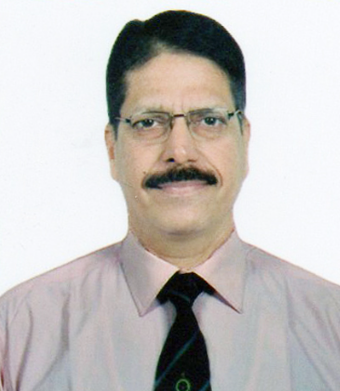


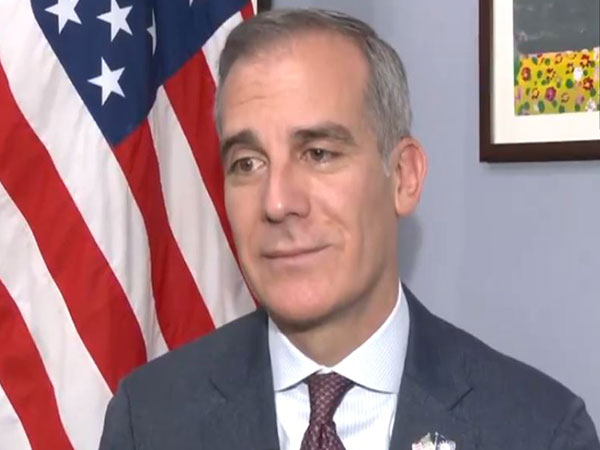
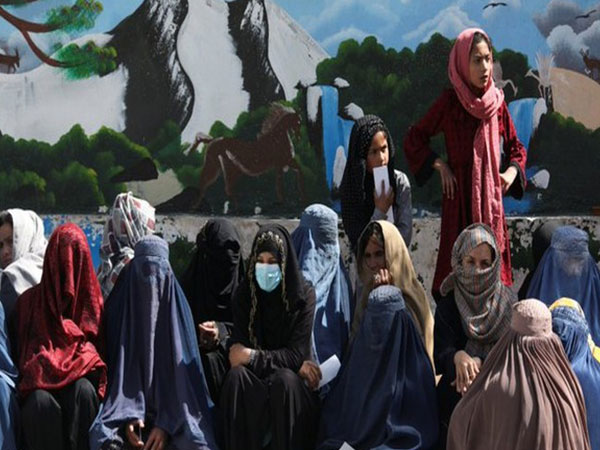

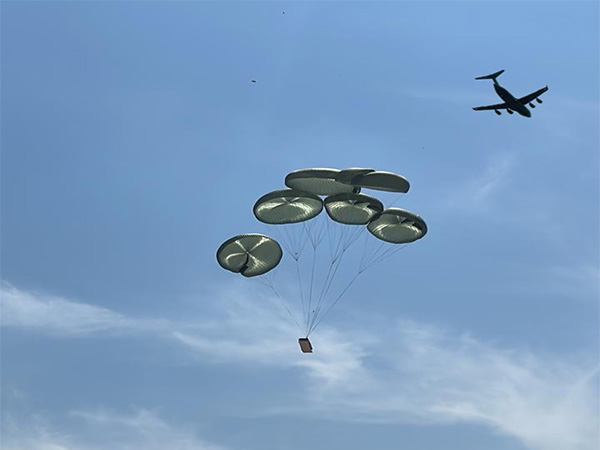
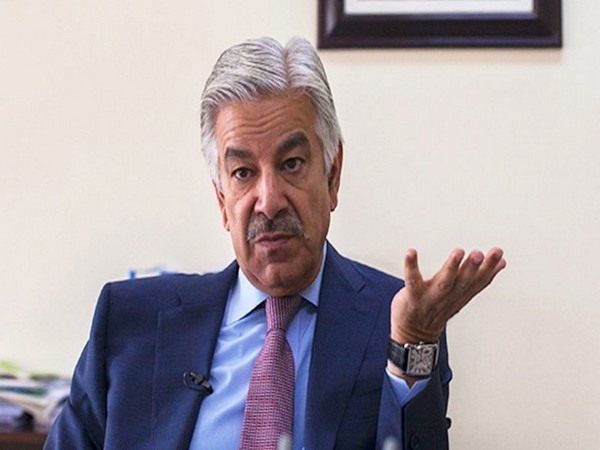
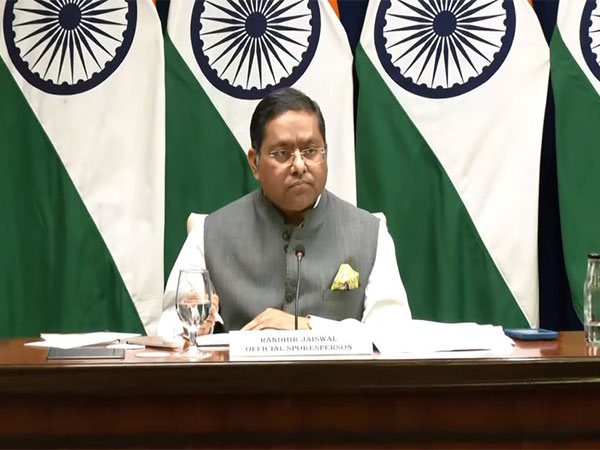









POST COMMENTS (0)